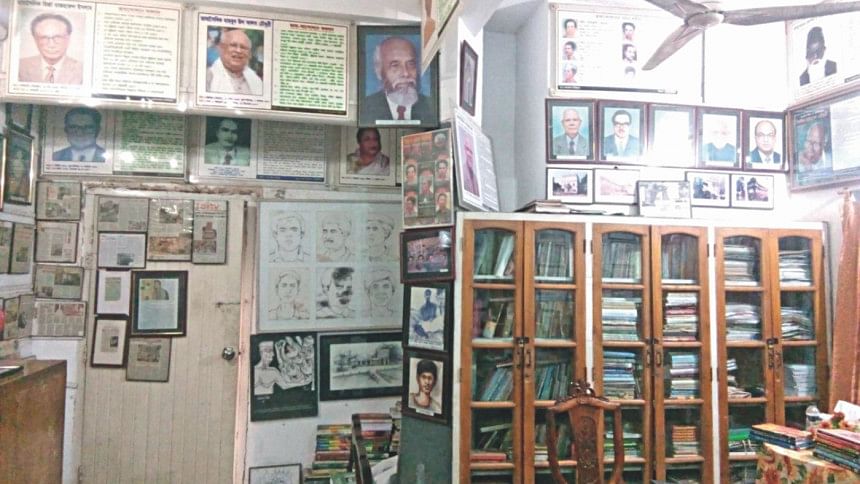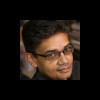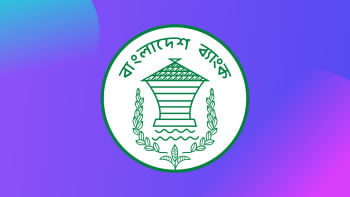Bhasha Andolon Museum: A private initiative by a few

A little known museum sits at House 5 on Road 10 (Kazi Golam Mahboob road) of Dhanmondi residential area. It is called the Bhasha Andolon Gabeshana Kendra O Jadughar (Language movement research centre and museum). The museum was founded by (late) Kazi Golam Mahboob who was convener of the Language Movement of '52; presently his wife Peari Mahboob is the Chairperson of the Trustee Board. The other trustees are Dr. Mahmudul Hasan, Mohua Mahboob Khan, Engineer Mamunul Hasan and Keya Mahboob. The Trustees had hoped this small museum would become a repository for precious documents that future generations of Bangladeshis would visit to learn about the language movement and those involved in it.
Over the years that is precisely what has happened. Despite limitations and lack of government support, the museum has striven to preserve the memories of the historic Language Movement of 1952. It has archived rare photographs, documents, paper clippings and collected the memorabilia from the members of about a hundred language movement veterans – all those who had fought for preserving the mother tongue. The director of the museum M.R. Mahboob said back in 2008 that the “State is the responsible party to uphold the history of a nation. Since they did not come forward with any effort even after 55 years of the Language Movement, someone has to take the initiative…a museum on our Bhasha Andolan is necessary for the new generations to learn more about the language movement. We only remember the episode when February comes. We have to do more than that.”
Yes, we do. Mr. Mahboob's sentiments are echoed by the surviving Language Movement veterans and the descendents of the martyrs. As the decades go by fewer are left to tell the story of this pivotal moment in our history. That is why the museum is so important. A visitor to the museum will find separate sections on research, documentation, publications and library. A team of volunteers keep the institution going and they have been doing it for decades. There are portraits and biographies of around thirty Language Movement veterans, political leaders, student leaders and intellectuals who played key roles in the movement. During my short visit, I found original copies of newspapers, rare unpublished photographs, pamphlets and manuscripts.
There is also a growing library with books, archives, documentaries, personal diaries of martyrs and other documentation that came out during the '52 movement. A 2,500-page encyclopedia on the language movement has been published and the audio-visual section has made a documentary with rare interviews of 20 veterans of the Language Movement, some of whom are no longer with us. The museum is now working on documenting the history of Shaheed Minars nationwide. Furthermore, the research wing of the museum is in the process of collecting and preserving the local history of the Language Movement at district level, which will eventually come out in a publication.
Walking through the two rooms, one will find some 30 photographs donated mostly by language veterans like Mohammad Taquillah, Mohammad Amanul Haque and Professor Rafiqul Islam which take us on a journey of the Language Movement from 1947 to 1956. Visitors get a chance to look at books, pamphlets, journals and newspaper clippings during the movement years. We relive the tumultuous times captured by Mohammad Taquillah during February 21, 1952. There is also the photographic journey of photojournalist Amanul Haque who took camera shots of protesters who brought out a procession near Dhaka Medical College violating section 144 being gunned down by police. These and other footage were donated by witnesses and participants of the movement to the museum and constitute the history of the Language Movement that is fast fading from collective memory.
While textbooks in the country make the mention of our martyrs, more needs to be done. How many of our children know about the lives of the extraordinary men and women who spearheaded this unique movement for the preservation of Bangla as our mother tongue? Not many and that is a crime. So few of us have any idea that there is a museum dedicated to the Language Movement sitting quietly in the heart of the city, a place where students can go to do their research, which ordinary people can visit to rediscover history.
Back in 2008, Peari Mahboob, wife of (late) Kazi Golam Mahboob told this paper that the museum had been set up to promote the spirit of the time and bridge the past and the future spirit of the movement. “We have no permanent location at present, but will start work temporarily from here.” One must applaud her spirit and the dedication of the Trustee board to have brought the museum this far. The research centre, despite the paucity of resources, has done an admirable job in reaching out to the surviving veterans and the families of those who are no longer with us. From Mr. Mahbub we learn that the research wing has been working on locating the graves of martyrs whose bodies had been hauled away by the police.
Today, the museum and its research wing serve the people in many ways. For researchers on the subject, it is a mine of information. With so few archives available in the country, students and researchers have access to a growing archive of information and rare documentation that the museum houses in various forms. As put by Peari Mahbub, her husband had initiated the work and she wants to finish it. The museum has come this far thanks to the small group of people who have devoted their time to it. Yet, much more is needed. Government patronage in the form of land allocation and initial seed funding so that the museum can move to a permanent address is justified and called for. A museum that started as a private initiative should now be a national institution for all the people of the land.
The idea of the museum is not only to preserve the history of the movement for future generations but also to pay tribute. The best way to do this would of course be if the State revised its school textbooks to include detailed biographies on our martyrs. Their sacrifice should be recorded in the history books because we, as a people, owe them a debt that cannot be repaid by declaring a single day of national holiday in their honour. The spirit of Ekushey, like the spirit of the Liberation War are the finest moments in our history when we came together as a people to stand firm for our beliefs. In many ways, the Language Movement was the precursor to the war of liberation and in that, we owe our martyrs respect and reverence for all eternity.
The writer is Assistant Editor, The Daily Star

 For all latest news, follow The Daily Star's Google News channel.
For all latest news, follow The Daily Star's Google News channel. 



Comments